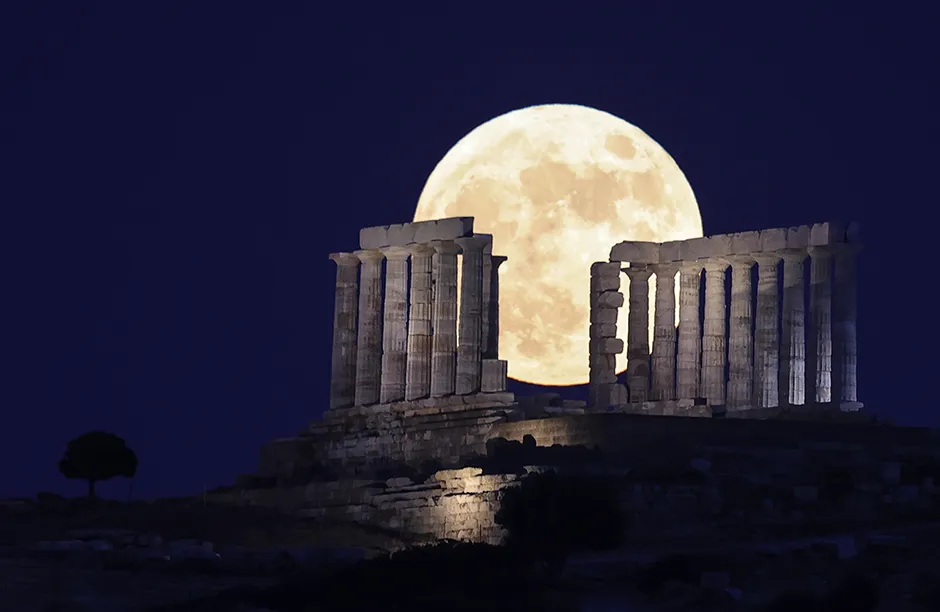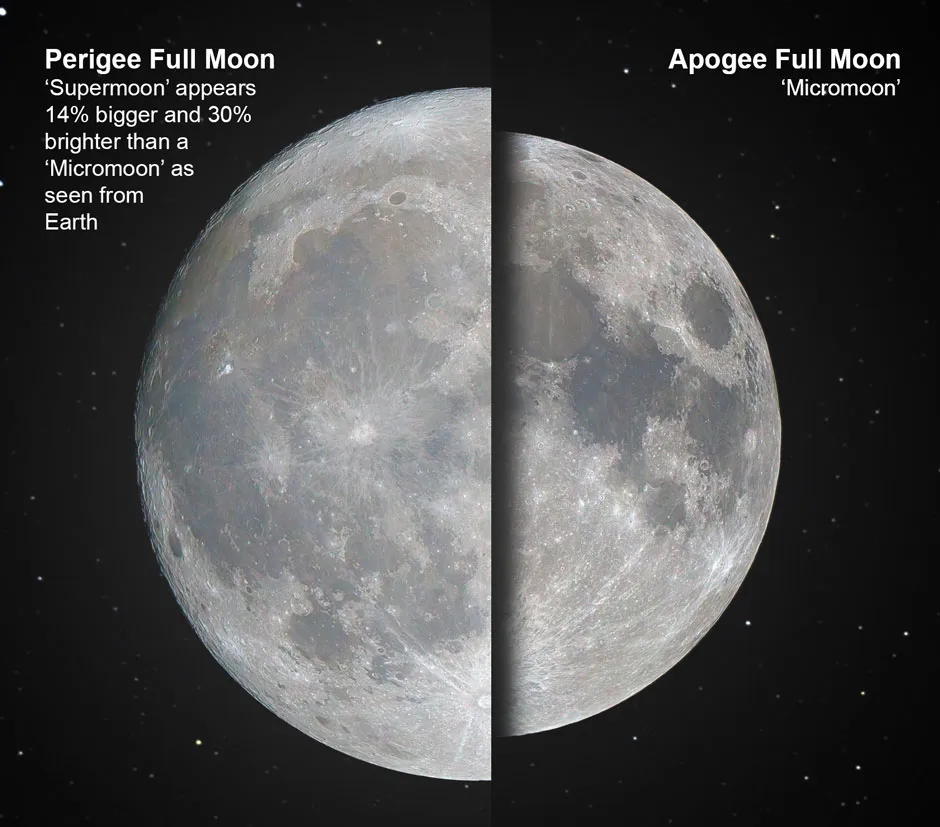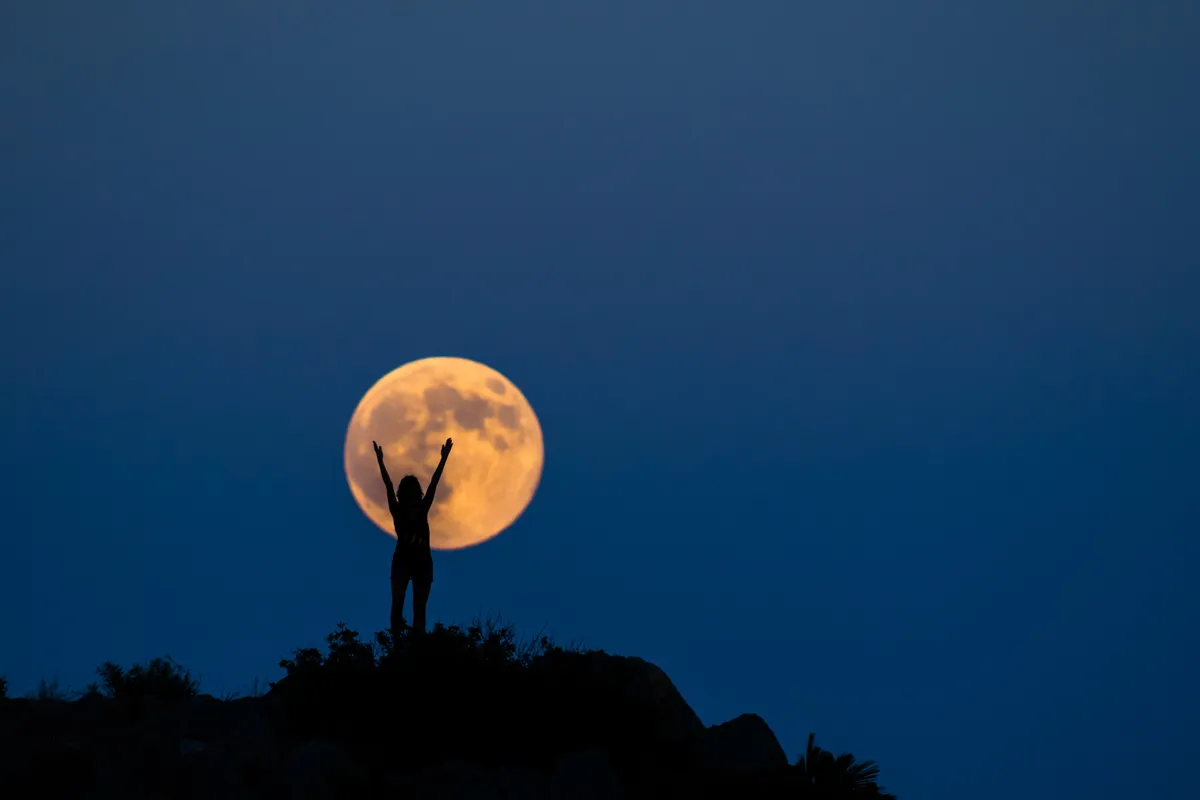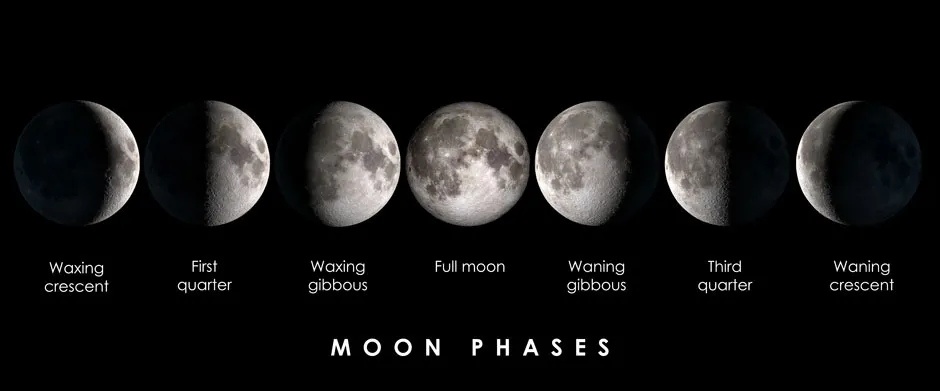There are plenty of reasons to look to the stars this month. With clear skies, the constellations Boötes and Ursa Minor can be seen lighting up the night sky alongside Lyra, Sagittarius and Scorpius. We’ve got the solstice on the 21 June, and a fantastic planetary parade later in the month when Mercury, Venus, Mars, Jupiter and Saturn will be sequentially aligned. And, under pristine conditions, we may even be able to glimpse Uranus, too.
June also brings the first supermoon of the year, but when exactly can you see the Strawberry Moon? Which constellation will it appear in? And what's the best time to view it? Answers to these questions, and more, are below.
If you're hoping to snap a few pictures, check out our fantastic gallery of the best Wolf Moon pictures, the first full Moon of 2022, for inspiration. If you’re looking forward to clear nights this year, why not plan ahead with our full Moon UK calendarandastronomy for beginnersguide?
When can I see the Strawberry Moon 2022?
The Strawberry Moon will be visible tonight, on Tuesday 14 June 2022 in the UK and around the world.
You might have glimpsed it yesterday on 13 June, when the Moon was visible during daylight hours, passing 3.1° north of Antares, the brightest star in the constellation Scorpius. A few days later, on 18 June, the Moon will pass Saturn.
If you are unable to see the full strawberry supermoon at its peak, it also appeared full yesterday Monday 13 June and tomorrow night Wednesday 15 June 2022.
For those who missed it, you can check out our gallery of the best strawberry supermoon photos from last year.

What is the best time to see the Strawberry Moon?
The Strawberry Moon this year will reach peak illumination at 12:51pm, in the early afternoon of Tuesday 14 June. As this is during daylight hours, and well after the Moon has set at 4:11am (from our point of view in the UK), the best time to see the Strawberry Moon will be in the evening of 14 June just after moonrise.
The Moon will rise in the southeast at 10:02pm and will reach its closest point, the perigee at 00:23am BST in the early hours of 15 June 2022. At its closest point in June, the Moon will be 357,435km away from the Earth.
The next supermoon, July's Buck Supermoon, will see the Moon reaching it's closest perigee of the year at only 357,272km away from Earth.
So, weather permitting, we should be treated to a nice, full supermoon close to the horizon. Here is Bristol, it’s looking dry with a light cloud cover, so fingers crossed!
Why is it called the Strawberry Moon?
June’s full Moon is known by many different names, but it’s most commonly known as the Strawberry Moon, thanks to the ripening of the berries at this time. This was the name universal to every Algonquin tribe in eastern North America and Canada.
In Europe, it’s also known as the Rose Moon, roses being currently in abundance across the UK, and other names include ‘the Moon of the peach’, the ‘Moon of the crane’ and the ‘hot Moon’.
The name ‘mead Moon’ is also used, and refers to the time when honey can be harvested in preparation for fermenting to make mead.
Is the Strawberry Moon 2022 a supermoon?
Yes, the Strawberry Moon in 2022 is a supermoon, and it’s also the first supermoon of the year.
Supermoons are classified when the Moon is at 360,000km (or less) away from Earth in its orbital path. This means that we often see two or three full supermoons in a row. The July and August full Moons, the Buck Moon and Sturgeon Moon, are both supermoons.
What causes a supermoon?
A supermoon occurs when the Moon, which orbits the Earth in an elliptical (oval) orbit, is at its closest point to Earth along this orbital path. This point has a name, and it’s called the perigee. When the Moon reaches perigee at the same time as a full Moon, we get a supermoon and the Moon appears larger in the sky.

Conversely, when a full Moon is close to the apogee (the furthest point away from the Earth in its orbital path), the Moon appears smaller. This is the much less impressive micromoon.
A supermoon is around 7 per cent larger and 15 per cent brighter than a standard full Moon, or 14 per cent bigger and 30 per cent brighter than a micromoon. This effect is amplified further when the Moon is on the horizon, thanks to something called the 'Moon illusion'. And because June’s full Moon reaches perigee soon after moonrise, it’s likely we may see the Moon illusion in play this month.
What is the Moon illusion?
The Moon illusion is when the Moon appears much bigger during moonrise and moonset, as it’s low on the horizon. Unfortunately, it’s just our human eyes playing tricks, but it’s still cool. We’re still not sure on why this occurs, but a popular opinion is that our brain will compare the Moon with distant objects on the horizon (such as masts or buildings) and fool us into thinking it’s much larger.

How often do full Moons occur?
Full Moons occur every 29.53 days. Or, 29 days, 12 hours, 44 minutes, and 3 seconds to be precise. This figure is calculated by how long it takes the Moon to orbit the Earth once and complete one lunar phase cycle, as measured from new Moon to new Moon. This is also known as one synodic month.
We would usually have 12 full Moons in a calendar year, and they occur when the Moon is fully illuminated by the Sun. This happens when the Earth is located directly between the Sun and the Moon.

Because the lunar cycle takes a little under one calendar month, we sometimes get 13 full Moons in a year, which occurs around every 2-3 years. This means that in one of the 12 months will get two full Moons, and this extra full Moon is known as a ‘blue Moon’. The next blue Moon will occur in August 2023, next year. Similarly, we sometimes get two new Moons in a month, and this extra new Moon is known as a black Moon.
Read more about the Moon:
